CORA Position Paper
The Congress of Residential Architecture was created 10 years ago, and its mission of making better homes for more people reached a peak of impact about 3.5 years ago with the presentation of this Position Paper to the AIA National Convention. It’s a window into a profession either in transition, crisis or death throws depending on who you talk to, but everyone agrees “Architecture Has Issues.” With this reprint, I ask: What Has Changed?
A CORA Position Paper
Preamble
We, the undersigned, believe that all architects, and the institutions that support, reflect and regulate the profession of architecture must acknowledge its present distressed state. There has been a long term drift of the profession away from social relevance and public credibility and the consequences of that drift have become critically evident in the present economic climate.
The present state offers an opportunity to reform and renew the organizations and regulations that have not adequately responded to a diminished perception of our profession’s worth and effectiveness. Institutions and organizations did not create the current conditions, but there are ways we feel that the policies of the AIA, the curricula of architectural academia, the requirements for licensure, the regulations that define our practice and the editorial focus of the professional press can be changed to reverse the present course that has compromised our profession’s role in creating buildings of value on every level.
Problems and Opportunities
The national level of the AIA has been too inwardly focused, self-serving and large-firm based in its orientation. The majority of architectural offices are small and residential practice as a distinct discipline has not had a commensurate focus by the AIA or academia.
The act of licensure has become a test of perseverance rather than reflective of knowledge, creativity and competence. There is a wide disparity among state requirements, especially with regard to continuing education. Continuing education provides programs that are often of dubious value, and are often motivated by profit and corporate interest rather than offering meaningful insights.
A parallel system of professional standing – LEED accreditation – has developed without being integrated with the licensure of architects. Architects have always been the creative leaders in defining, promoting and innovating sustainable principles as an issue of design – and licensure should reflect that.
Architectural academia and journalism have generally narrowed the focus of their curricula and editorial policy to personalities and abstract formal expression. This lack of inclusive diversity has hurt the image of our profession to potential consumers of our service – disastrous at any time, but especially in a time of economic distress.
All levels of government have responded to society’s increasing perception of our profession’s growing irrelevancy by creating an ever-tightening web of regulatory oversight, especially in the field of residential design. The perceived compromised capacity of architects to provide holistic, relevant building design has allowed government to sanction alternatives to the use of licensed architects.
A Call to Action
There are new directions that would help us to re-establish our credibility. We believe that these actions will create a climate where architects have the best opportunity to create better buildings and residential communities. We implore the associated institutions to consider the following:
1) That architects be recognized as critical to the building regulatory approval process based on a national determination of clear legal status for all building professions including but not limited to the practices of architecture, landscape architecture, structural engineering, interior design, and residential design.
2) That alternative forms of practice integrating allied disciplines (e.g. landscape architecture, interior design, environmental engineering, and construction) should be encouraged in academic curricula and institutions that support our profession, such as the AIA.
3) That Continuing Education or Professional Practice Certification requirements should be administered only by institutions accredited to confer professional degrees in architecture or by the NCARB with consistent national standards applicable across all states, and that pro bono work, teaching, or mentoring be sanctioned alternatives for Continuing Education requirements for licensure.
4) That all licensed architects should be conferred legal status equivalent to LEED accreditation as part of their licensure, with NCARB, NAAB, and the AIA working together to promote and provide equivalent sustainability standards independent of LEED accreditation.
5) That the NAAB and ACSA should include enhanced requirements for base curriculum for school accreditation that includes enhanced environmental literacy and requires mentoring, internship and building experience of students with licensed architects in the tradition of apprenticeship before a professional degree is conferred.
6) That the AIA should re-allocate its national budget to facilitate regional gatherings, versus national, by streamlining its headquarters staff and downsizing its national committee structure.
7) That all institutions that support our profession, including the AIA and its local chapters, should recognize residential architecture as a unique discipline.
8) The NAAB and the AIA should advocate for inclusive diversity of all aspects of design and methodology in education curricula and publication.

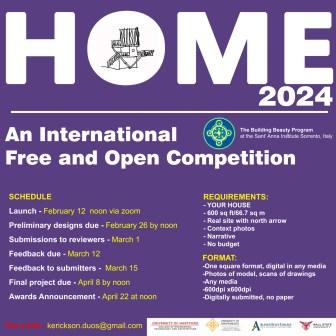

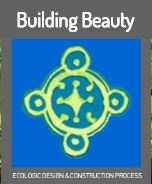






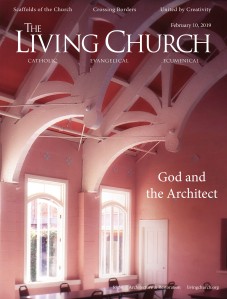





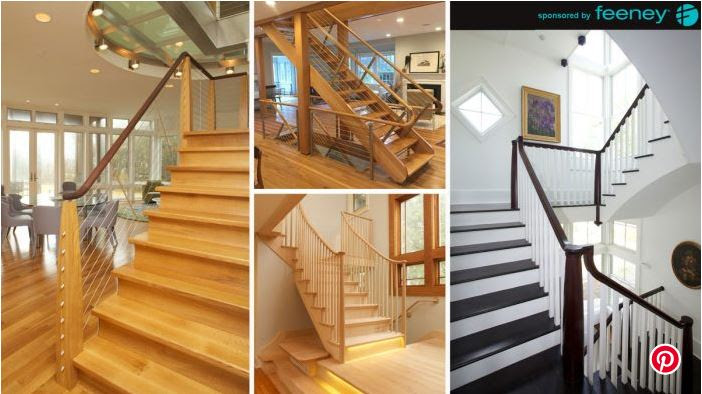





















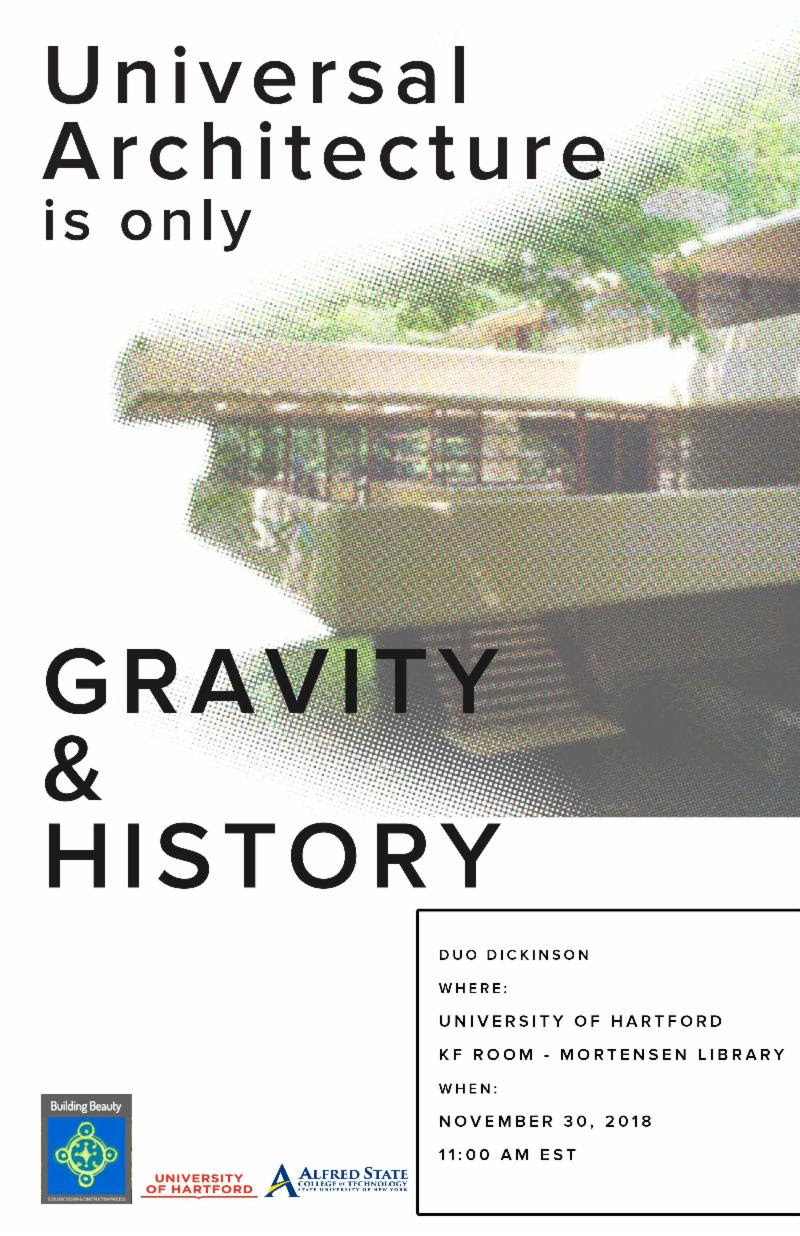


























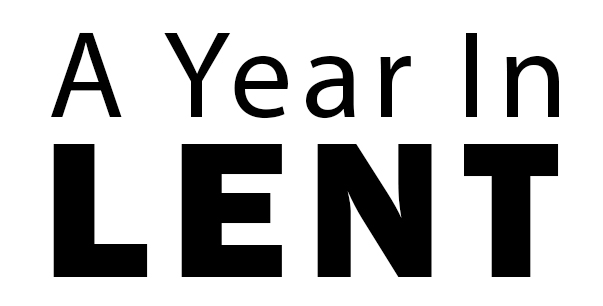



There is not a single word about changing the demographics of the profession in your entire paper. Architecture continues to be a profession domintaed by white men. You close with calling for the diversity of design but fail to address the diversity of the profession. Change will happen when we change our point of view, but not by merely re-steering the ship in the same direction.
This was a crowd-sourced effort from 2008: reflecting a mostly male voice – and I think you hit on how this Position Paper would be different today, from its origin, about a dozen years ago: but I am struck with how the rest of the manifesto is yet in contest